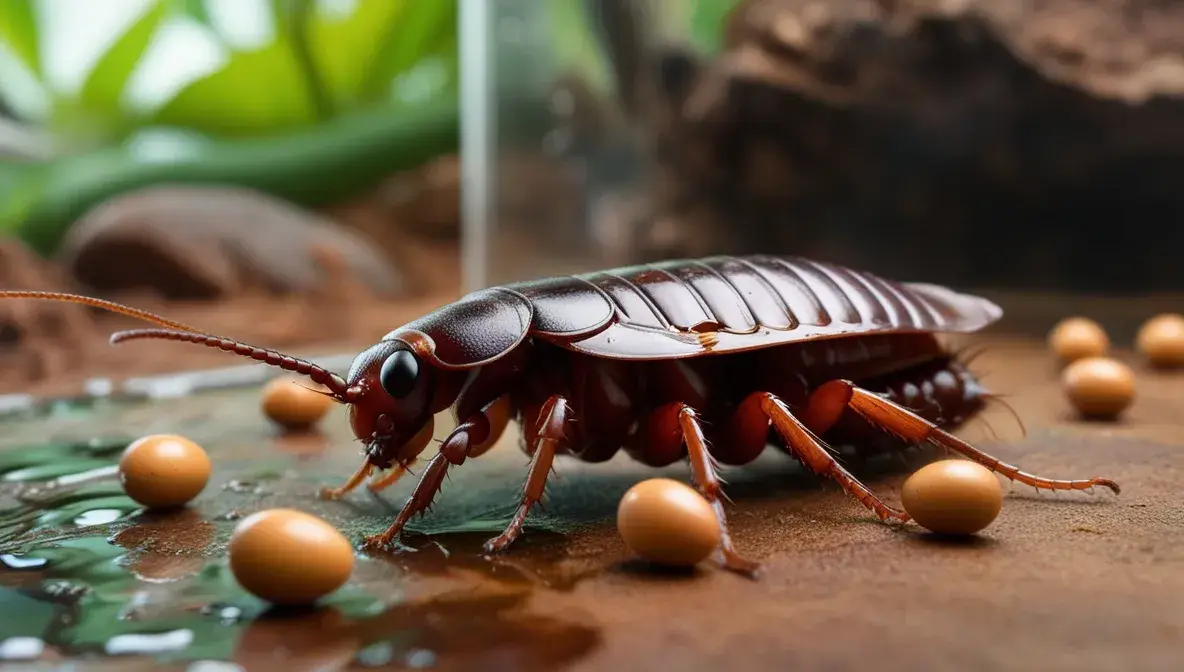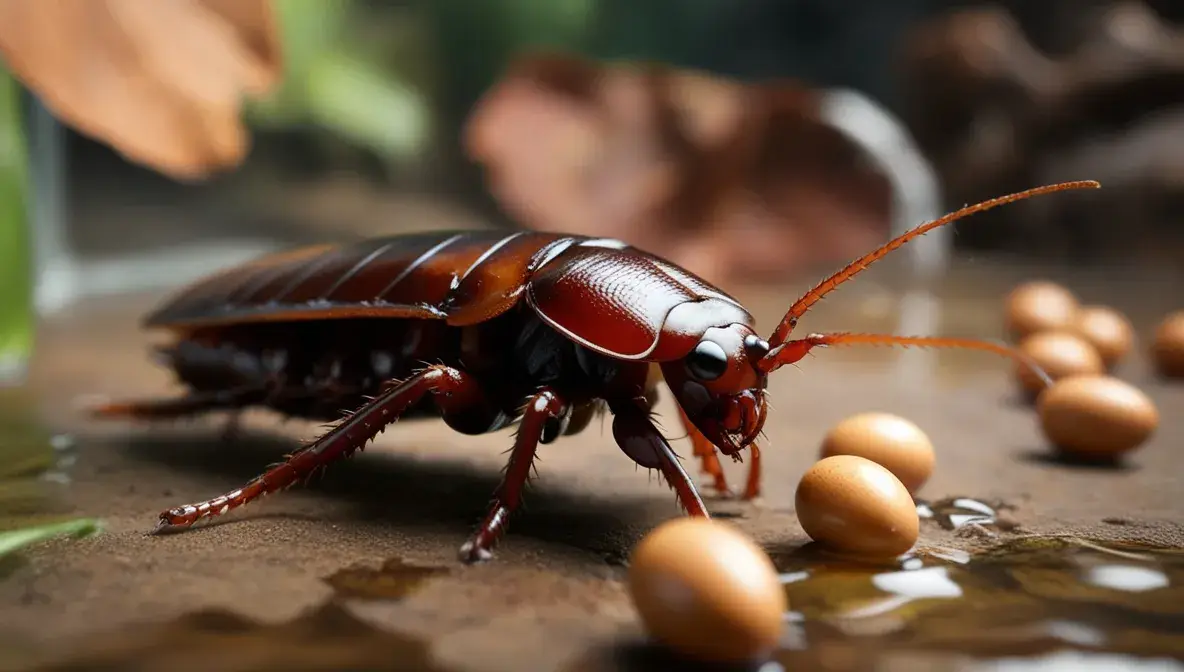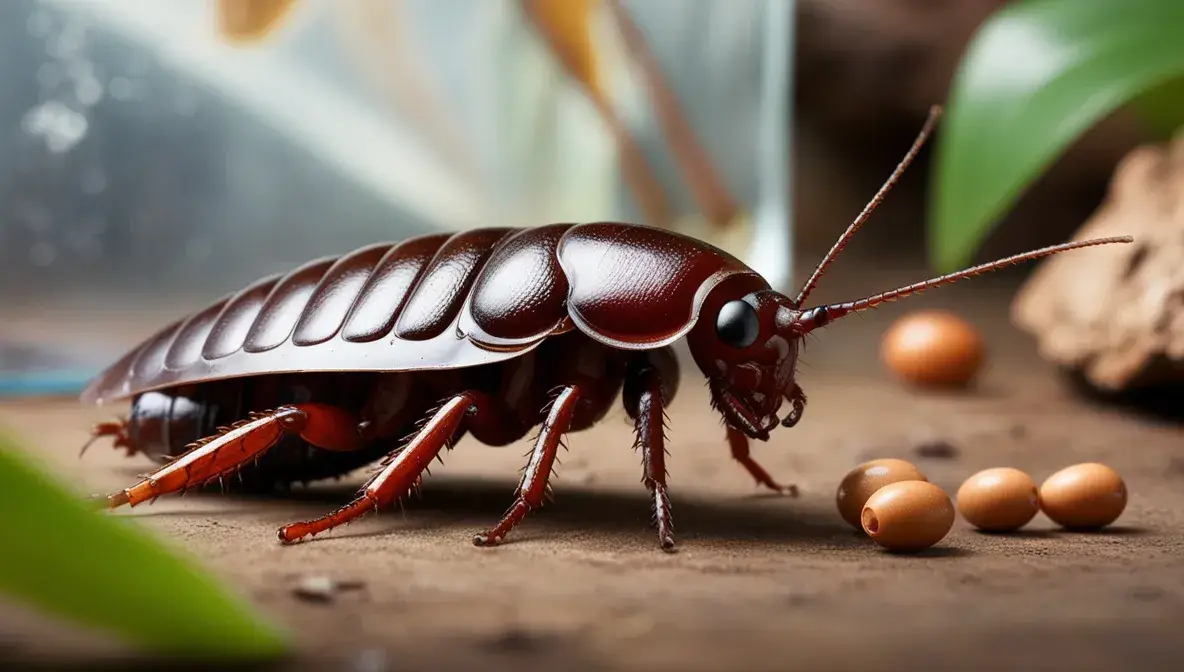Dubia roaches, scientifically known as Blaptica dubia, are a popular feeder insect for reptiles and amphibians due to their high protein content and ease of care. But when it comes to breeding these hardy insects, one question often arises: how many babies do Dubia roaches have? Understanding their reproduction rate is crucial for reptile owners, breeders, or enthusiasts looking to establish a sustainable colony. In this guide, we’ll delve into everything you need to know about Dubia roach reproduction, from their birthing process to factors influencing their offspring numbers.
The Reproduction Process of Dubia Roaches
Understanding Their Life Cycle
Dubia roaches go through three key life stages: egg, nymph, and adult. Unlike many insects, Dubia roaches are ovoviviparous, meaning the female retains the eggs inside her body until they hatch, giving birth to live nymphs instead of laying eggs externally. This unique reproductive process contributes to their popularity among breeders, as it eliminates the need for egg incubation.
- Maturity: Female Dubia roaches reach sexual maturity at around 4–6 months, depending on environmental conditions. Males typically mature slightly earlier.
- Mating and Gestation: After mating, the female carries the fertilized eggs in a specialized pouch called an ootheca. The gestation period lasts approximately 28–35 days before the nymphs are born.
How Many Babies Do Dubia Roaches Have?
On average, a single female Dubia roach gives birth to 20–40 nymphs per cycle, though the number can vary based on factors such as age, diet, and environmental conditions. Over her lifetime, a healthy female can produce 20–25 broods, resulting in 400–1,000 offspring!
This impressive reproduction rate makes Dubia roaches an excellent choice for building a feeder colony. However, the quantity and health of the offspring can fluctuate based on external factors, which we’ll discuss next.
Factors That Influence the Number of Babies Dubia Roaches Have

Temperature and Humidity
Dubia roaches thrive in warm, humid environments. The ideal breeding conditions are:
- Temperature: 85–95°F (29–35°C)
- Humidity: 40–60%
If the temperature drops below 85°F, the reproductive rate slows significantly, and females may produce fewer nymphs. Similarly, low humidity can hinder the gestation process and result in smaller broods.
Quick Tip: Use a heat mat or ceramic heat emitter to maintain optimal temperatures in your breeding setup.
Diet and Nutrition
A well-balanced diet is crucial for ensuring healthy reproduction. Dubia roaches are omnivorous and thrive on high-protein foods, fruits, and vegetables.
- Protein-Rich Foods: Dog kibble, fish flakes, or commercial roach chow.
- Fruits and Vegetables: Carrots, apples, oranges, and leafy greens.
Feeding your roaches a nutrient-rich diet not only boosts the number of offspring but also improves their quality as feeder insects for your reptiles.
Colony Density
Overcrowding can stress female roaches, leading to reduced reproduction rates. Maintaining a proper male-to-female ratio of 1:3 or 1:4 ensures that females have sufficient access to mates without facing undue competition or stress.
Did You Know? Too many males in a colony can lead to aggressive behavior, which may disrupt the breeding process.
Age and Health of Females
Younger, healthy females produce larger broods compared to older or malnourished ones. Keeping your colony well-fed and free of disease ensures that females can reproduce consistently throughout their lifespan.
Common Questions About Dubia Roach Reproduction
Do Dubia Roaches Breed Year-Round?
Yes, Dubia roaches breed continuously as long as they are kept in optimal conditions. Unlike seasonal breeders, they do not have a specific mating season.
How Long Does It Take for Nymphs to Mature?
Nymphs take approximately 4–6 months to reach adulthood, depending on temperature, diet, and humidity. Once mature, females can start reproducing immediately.
What Happens if the Colony Is Too Cold?
If the temperature drops below 75°F (24°C), reproduction may halt entirely. Females may also miscarry their ootheca, resulting in no offspring.
Practical Tips for Maximizing Dubia Roach Reproduction

- Maintain Optimal Conditions: Keep the temperature between 85–95°F and humidity at 40–60%.
- Feed a Balanced Diet: Provide a mix of protein, fruits, and vegetables for healthy offspring.
- Avoid Overcrowding: Ensure the colony has enough space and maintain a proper male-to-female ratio.
- Regularly Clean the Enclosure: Prevent the buildup of waste and mold, which can negatively affect colony health.
- Monitor Females for Productivity: Remove any underperforming or unhealthy females to keep the colony efficient.
By following these steps, you can maximize the reproductive potential of your Dubia roach colony.
Why Understanding Dubia Roach Reproduction Matters
For reptile owners and breeders, understanding how many babies Dubia roaches have is essential for planning and maintaining a steady supply of feeder insects. A well-managed colony can save you money and ensure that your pets receive high-quality nutrition. Additionally, Dubia roaches are low-maintenance and produce less odor compared to other feeder insects, making them a favorite among hobbyists.
Engage With Us: Have you ever bred Dubia roaches? Share your tips or experiences in the comments below!
Conclusion
Dubia roaches are prolific breeders, with females producing 20–40 nymphs per cycle and up to 1,000 offspring over their lifetime. By maintaining optimal conditions, providing a balanced diet, and managing your colony effectively, you can ensure a consistent and healthy supply of feeder insects for your reptiles.
If you found this guide helpful, be sure to check out our other articles on Dubia roach care and breeding at Dubia Roaches Guidez. Whether you’re a beginner or an experienced breeder, our comprehensive resources will help you succeed in managing your colony.

Mark Manson is an expert blogger specializing in Dubia Roaches. He shares practical care tips, breeding insights, and feeding advice to help enthusiasts and reptile owners thrive.

